A) Na reduction in the soil (%) by wicking material (hydraulic

Download scientific diagram | (A) Na reduction in the soil (%) by wicking material (hydraulic mulch [HM], Humidi‐Wick [HW], wheat straw [S], and Super Wick [SW]) and water table depth. Upper and lowercase letters represent significant differences in Na reduction for Water Table 1 (5 cm) and Water Table 2 (15 cm), respectively. Ratios of evaporation rate between each combination of wicking/water table treatments, and the control are shown above each boxplot. (B) Relationship between Na reduction (%) and daily evaporation rate (mL d⁻¹). (C) Initial and final electrical conductivity (EC) and %Na for Super Wick and Water Table 1. † %Na was calculated using the method presented in DeSutter et al. (2015). from publication: Wicking Salts from Brine-Contaminated Soils: A Potential Method for In Situ Remediation | Core Ideas “Wicking” salts from brine‐impacted soils may be an effective means of remediation. Wicking materials reduced the mass of Na in brine‐impacted soil columns up to 88%. This method may expedite remediation of brine‐impacted soils with shallow water | Capillarity, Remediation and In Situ | ResearchGate, the professional network for scientists.

Abbey Wick, Ph.D. - Fargo, North Dakota, United States, Professional Profile

Soil - Wikipedia

vacuum consolidation - Cofra - Working worldwide with over 40 years of experience in this field
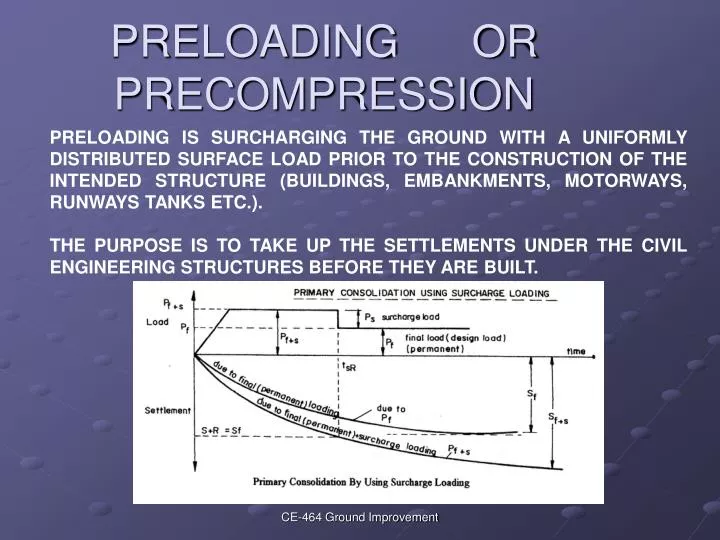
PPT - PRELOADING OR PRECOMPRESSION PowerPoint Presentation, free download - ID:5955750

Secugrid® Geogrid Reinforcement for 'Stiffening' To Better Manage Expansive Subgrade Behaviour on Sealed Pavements
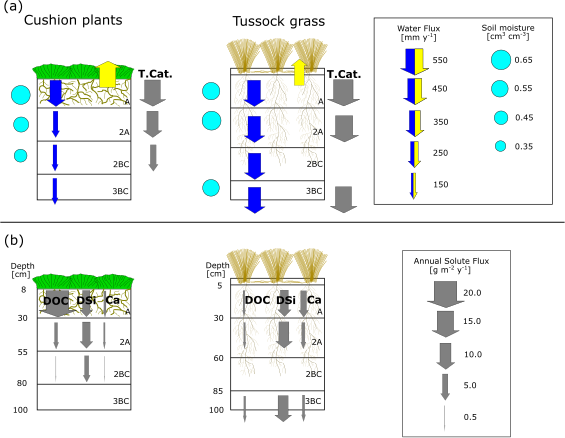
Soil–vegetation–water interactions controlling solute flow and chemical weathering in volcanic ash soils of the high Andes - HESS

Vertical drains - Cofra - Working worldwide with over 40 years of experience

How Eurobodalla Council Used Sandbags to Protect Long Beach

What is Hydraulic Cement? 9 Distinct Uses of This Material
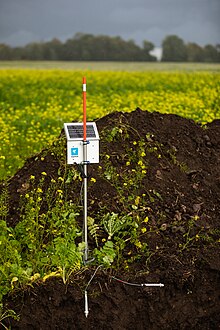
Soil - Wikipedia
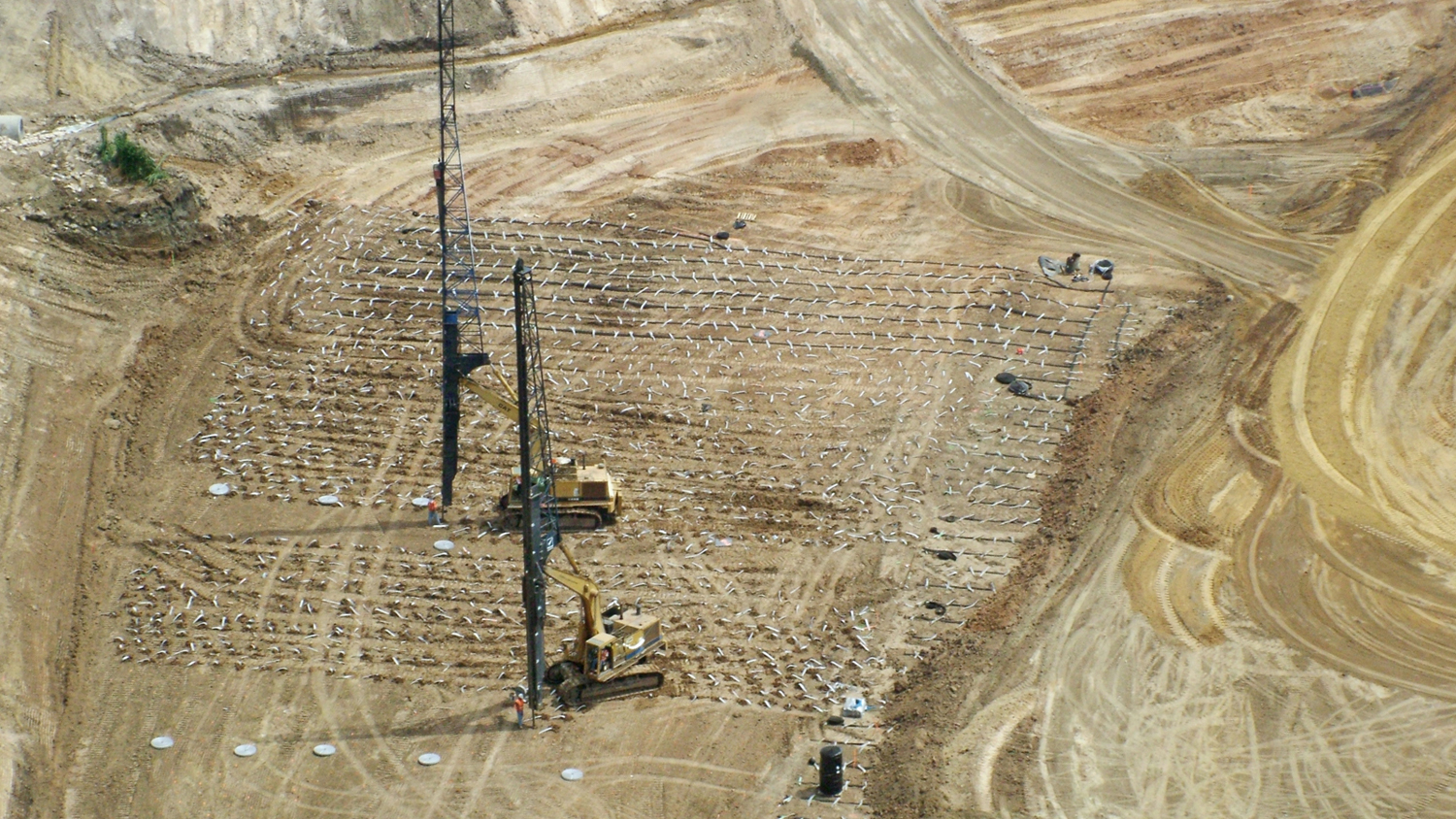
Prefabricated Vertical Drains

Aaron DAIGH, Professor (Associate), PhD, University of Nebraska at Lincoln, Nebraska, NU

PDF) Wicking Salts from Brine-Contaminated Soils: A Potential Method for In Situ Remediation

Biomimicry of vascular plants as a means of saline soil remediation - ScienceDirect
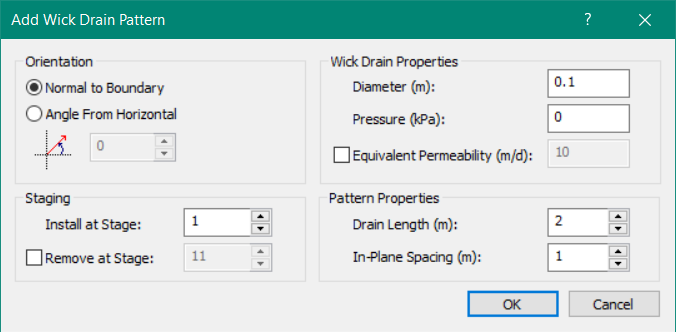
RS2 Documentation Wick Drain Pattern